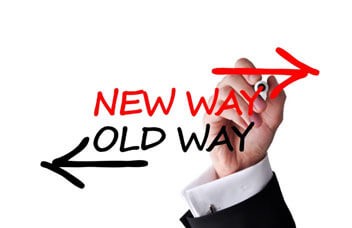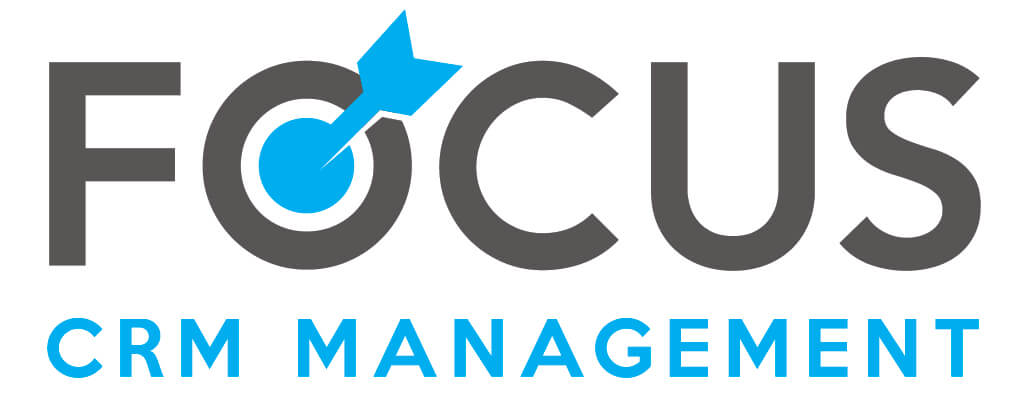Let’s cut to the chase—not all Salesforce implementations flow as smoothly as riding into the sunset with a system in place and everyone happy to join you for the ride. Salesforce adoption can be tricky.

The reality is that some Salesforce implementations can be bumpy rides that end unceremoniously. It’s all about execution . . .

Why do some who seek Salesforce adoption have their implementations veer off track and into the ditch, despite the obvious benefits and tangible business value of making them succeed? There are several reasons, including:
- Some companies focus on delivering their technology “on-time” and “on-budget” and neglect actions to drive and maintain user adoption over the life of the system.
- Users sometimes fail to comprehensively adopt the software out of fear the company is using it to monitor them too closely and reveal information that they’d prefer to keep under wraps.
- Nobody in the company takes ownership of the project.
- Lack of management depth and executive sponsorship.
The good news, in many companies it’s not a Salesforce problem, it’s “Change Management”—which can present the highest hurdles compromising adoption of Salesforce. At the heart of this is people’s resistance to change. To a degree, many people instinctively cling to the status quo because they perceive change to be:
- Not in their best interest, but that of management.
- A threat—even when they are aware of their shortcomings and inefficiencies.
- Too time consuming given that they are already busy and short of time to learn and implement a new tool.
Yes, change is hard, but in the world of business it’s fundamental to survival. Companies that don’t change invariably become irrelevant. Salesforce is a vehicle for positive change that keeps companies ahead of the curve. Users must understand that Salesforce is friend not foe. This is where Focus can play a vital role in getting the right people for specific roles.

5 Key Elements of a Salesforce End-User Adoption Program
1. Buy In – Do it “With Them” Not “At Them” . . .
Have you ever heard “This is just Big Brother watching us”? Focus will work to create a committee, which gets feedback from multiple departments within your organization. From here, the committee will work to clearly demonstrate to employees who will use Salesforce how the new system will benefit them. This is key to developing a new mindset, changing behaviors and generating better results because you’re letting the people directly impacted help you share what is important and needed by their department. Be sure to ask for, listen to and incorporate user feedback wherever it is appropriate to help users take ownership of the changes that are happening. Together we achieve more!
2. Train Users
You bought the car (Salesforce) and now it’s time to teach the kids how to drive it so it doesn’t just sit on the driveway. Nobody wants to be thrown into the deep end not knowing how to swim, so devote sufficient time for training. Don’t hesitate to create specific training for different business processes. Users always have questions, and a Salesforce Trainer will be able to answer them clearly and confidently. Salesforce has an array of features that are best learned through frequent and shorter training sessions that speak to their use case and position.
3. Simplify
Salesforce is designed to make users’ jobs easier. If users perceive that their jobs are getting more taxing, you are likely to hit a brick wall. Your administrator should customize Salesforce to reflect how your users work. Confusing, irrelevant information should be removed from interfaces; those choices your team needs today are the only ones that should remain.
4. Meaningful Reports
You sold the team on Salesforce with, “It will make you faster, you’ll sell more, you will have better data”, and then they have no insight but one record at a time. Supply the team with the reports and analysis they need to help them do their job better and more intelligently. This also reinforces the expression “garbage in, garbage out” so that everyone works together to get what they need to be more successful.
5. Reward users
Review how your employees have used Salesforce and reward those who use it well.
For example, you could look at how many outbound sales calls a person has registered in the system, how many leads he or she has converted into a sale, and how accurate their data entry is. Reward the best users and make it clear to their colleagues why they are being rewarded.
To learn more about getting Salesforce users in your company to smoothly adopt this essential tool, click here to contact Focus.

